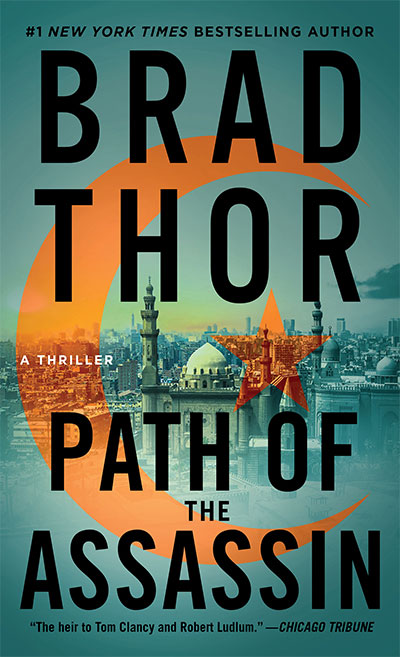Dressed in the traditional robes of a Muslim pilgrim, a lone figure tore back the carpeting from beneath a window of the sumptuously appointed room and nailed the feet of a tripod firmly into the concrete floor with a commercial-grade bolt gun. The equipment had been smuggled into Saudi Arabia’s Dar Al Taqwa Inter-Continental Hotel via several large suitcases and a hard-shell golf club case. Arabs, even in Medina, loved their golf, after all, and no one had given any of the cases a second look.
Finally assembled and secured to its launching platform, the second generation TOW2 Short missile was something to behold. Though it retained the same 3-foot-10-inch profile of the ones Israel had used during the 1973 Yom Kippur War, the effective range of the weapon had increased by almost a thousand yards and now could cover the length of forty-one football fields—more than enough to deliver today’s deadly payload.
The missile’s optical sighting unit was securely positioned in the adjoining hotel room and its crosshairs were fixed upon its target. An infrared sensor would track the weapon’s trajectory and progress, relaying any last-minute adjustments. At such close range, though, there’d be no need for adjustments. It would be like shooting fish in a barrel.
The digital fuse was set for ten minutes into the night prayer session of the Prophet’s Mosque, the second holiest shrine in Islam. Friday was the most important day of worship in the Muslim faith, and the evening prayer sessions were always the most heavily attended. The timing of the attack insured maximum carnage. With a Do Not Disturb sign hung on the doors of both rooms, the terrorist would be resting comfortably on a first-class flight to Cairo by the time the missile launched. From Cairo, a clandestine transport network would round out the journey home.
As the digital fuse began its devastating countdown, the terrorist spray-painted a large hand cradling the Star of David on the wall.
For a moment, scenes of a happier time flashed through the terrorist’s mind. A time before the hatred was so deeply entrenched. Two young lovers from different walks of life, two different sides of the struggle, walked together along a river in fall. Bells rang in the distance and they cherished the good fortune that had brought them together. Though each had been raised to hate the other, love had blossomed between them. But there were influences at work greater than their love. It was those influences that would change their lives, and the world, forever.
The terrorist’s eyes, normally silver in color, now flashed coal black with hate as the final letters were painted beneath the hand. It was a simple yet chilling three-letter message: “TERROR FOR TERROR.”
Two hours later, a stream of worshippers hurried themselves along, late for the sunset prayer. As they entered the Prophet’s Mosque, right leg first as custom dictated, each supplicated and said, “I seek refuge with the Mighty Allah. I seek protection in His Generous Countenance and His Everlasting Authority. O Allah! Forgive my sins, and open the gates of Your mercy to me.”
They fanned out deeper into the mosque, searching for empty spaces to kneel among the other thousands of worshipers. As was the custom, the women were directed into a separate area closed off by large panels of fabric, so as not to distract the men from their prayers. The younger children stayed with their mothers while older sons, well behaved enough not to disrupt the service, were allowed to sit amongst the rows of adult men. Most families in the Prophet’s Mosque were divided this way, when a great rumbling erupted overhead and a massive double-detonating warhead crashed through the roof, exploding in a fiery hail of instant death.
Continue reading the Path of the Assassin excerpt.





















